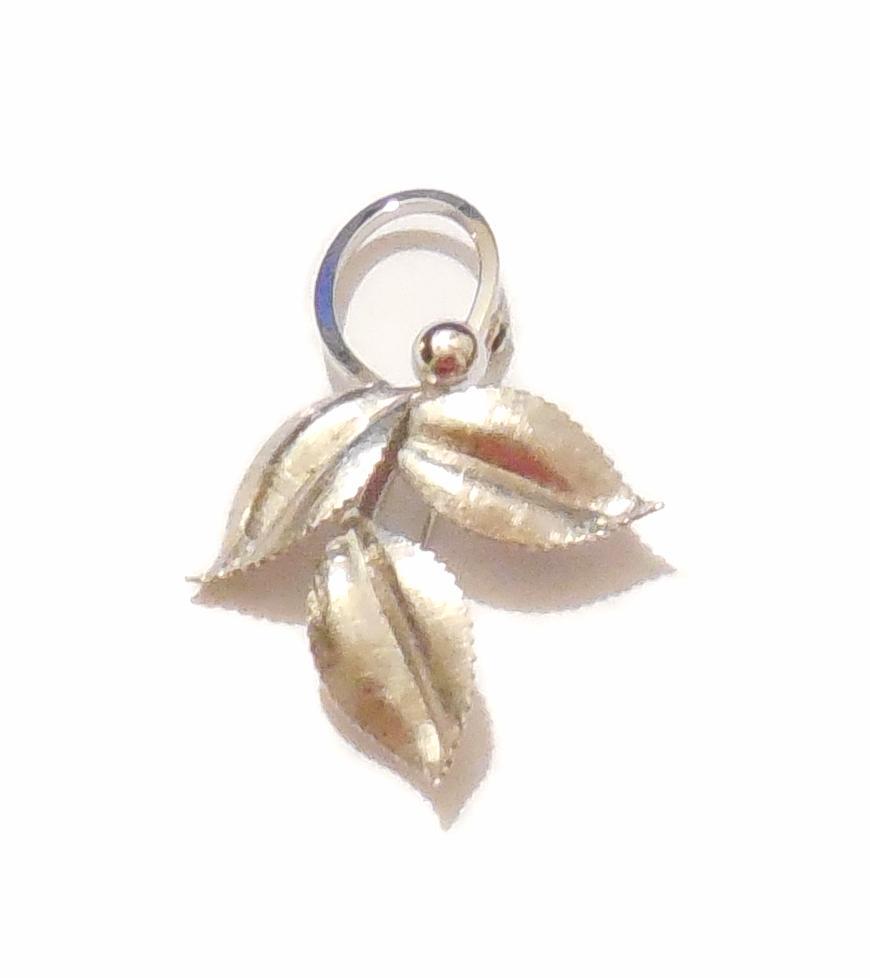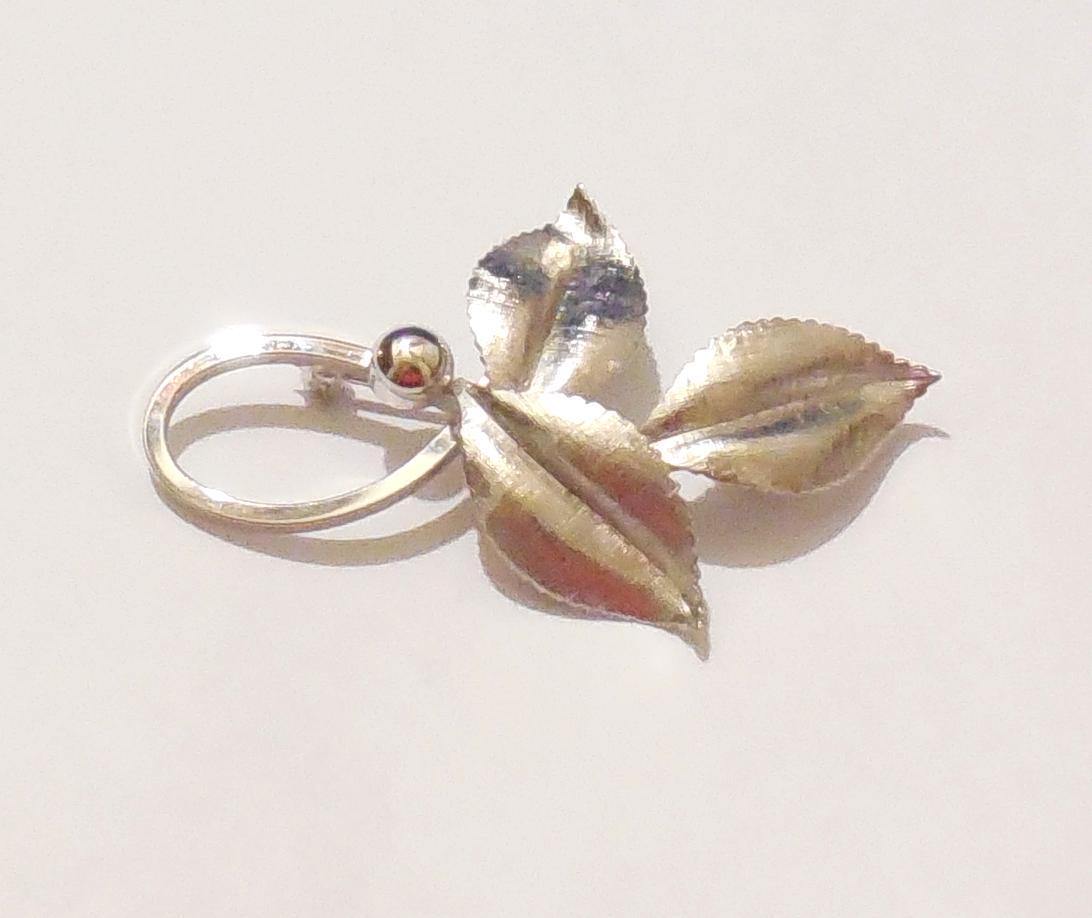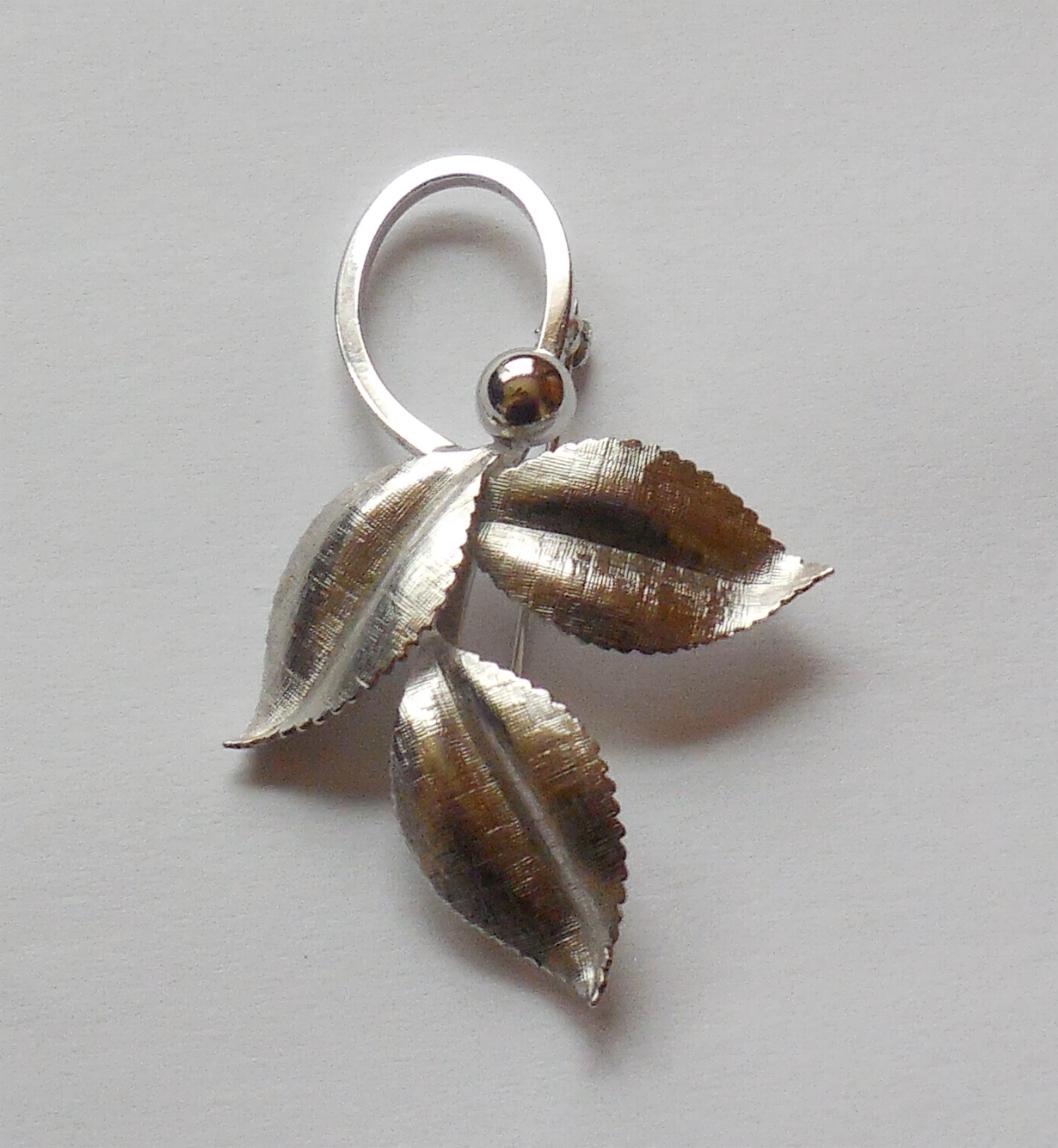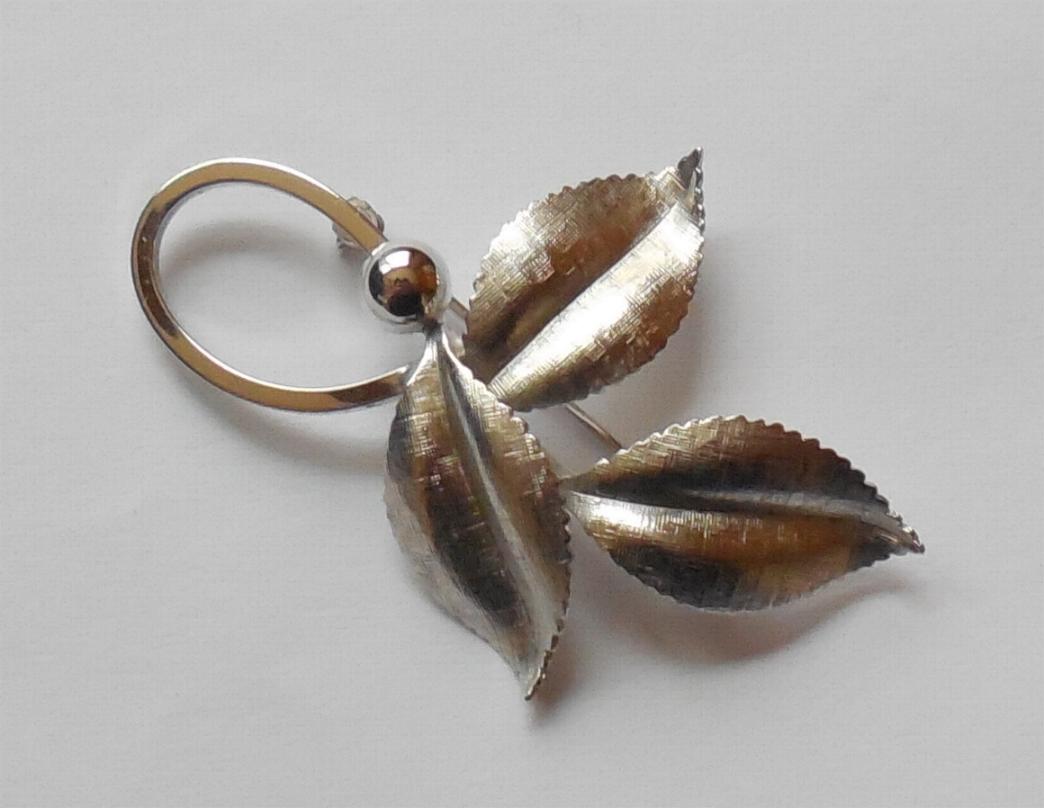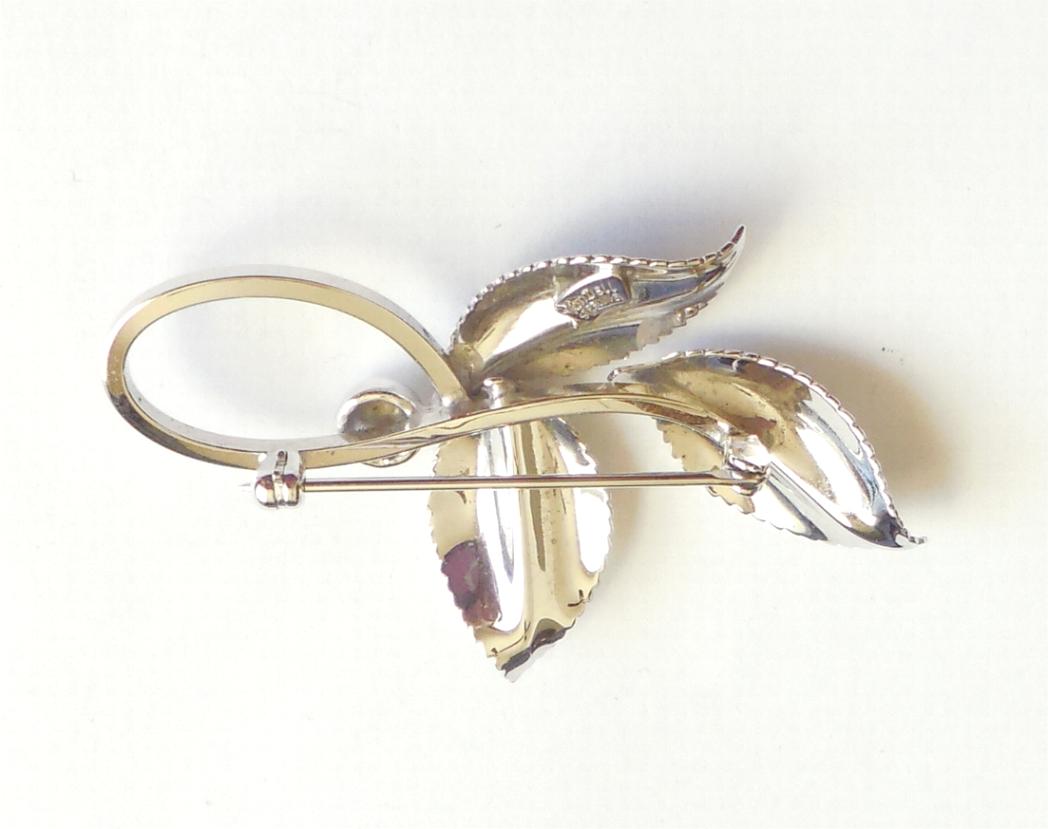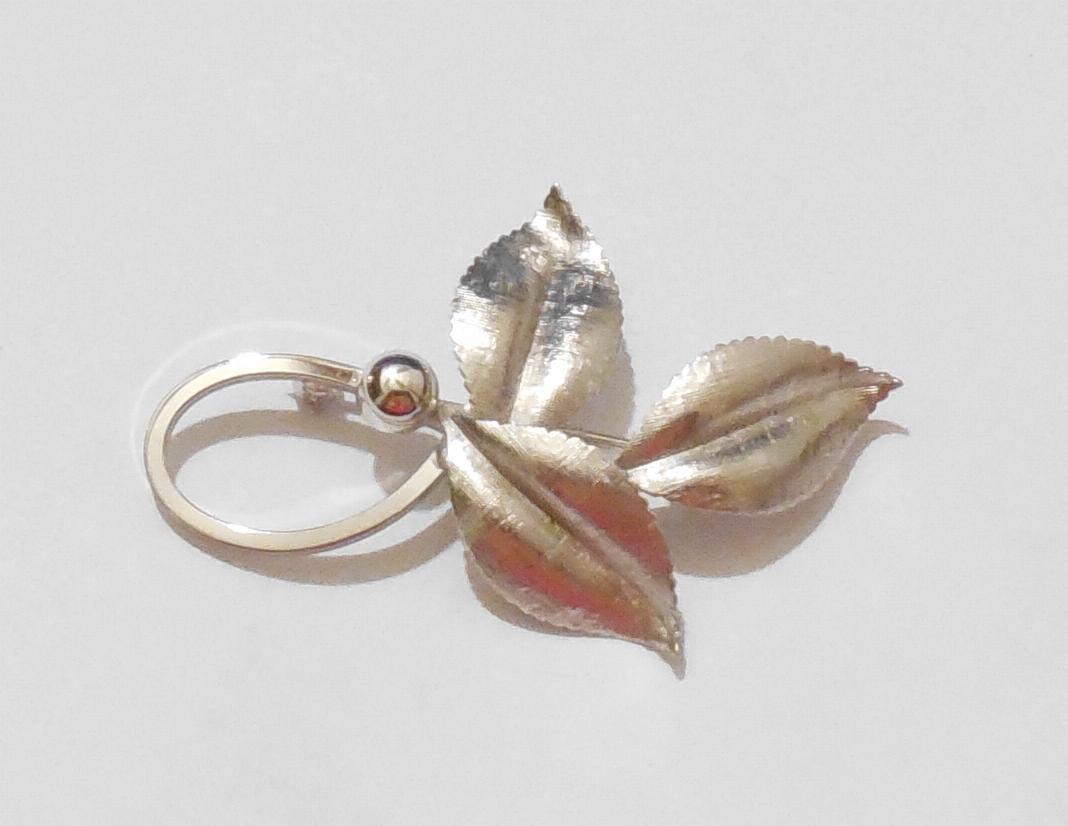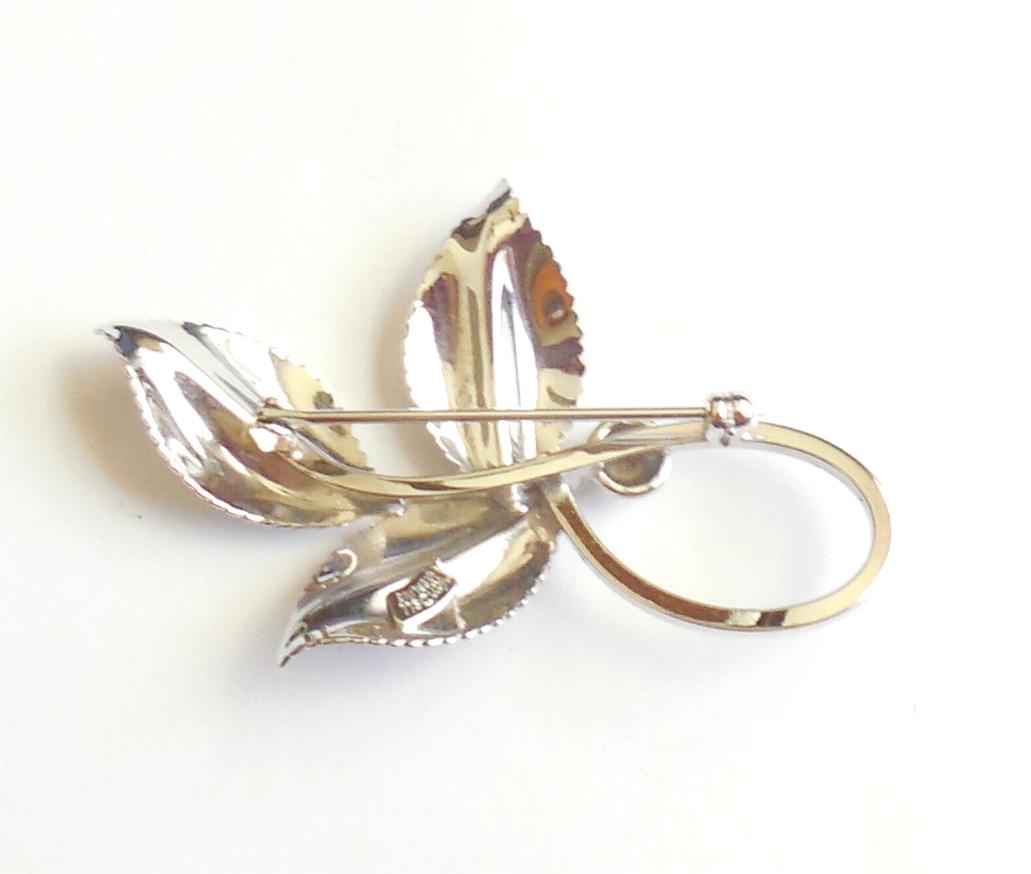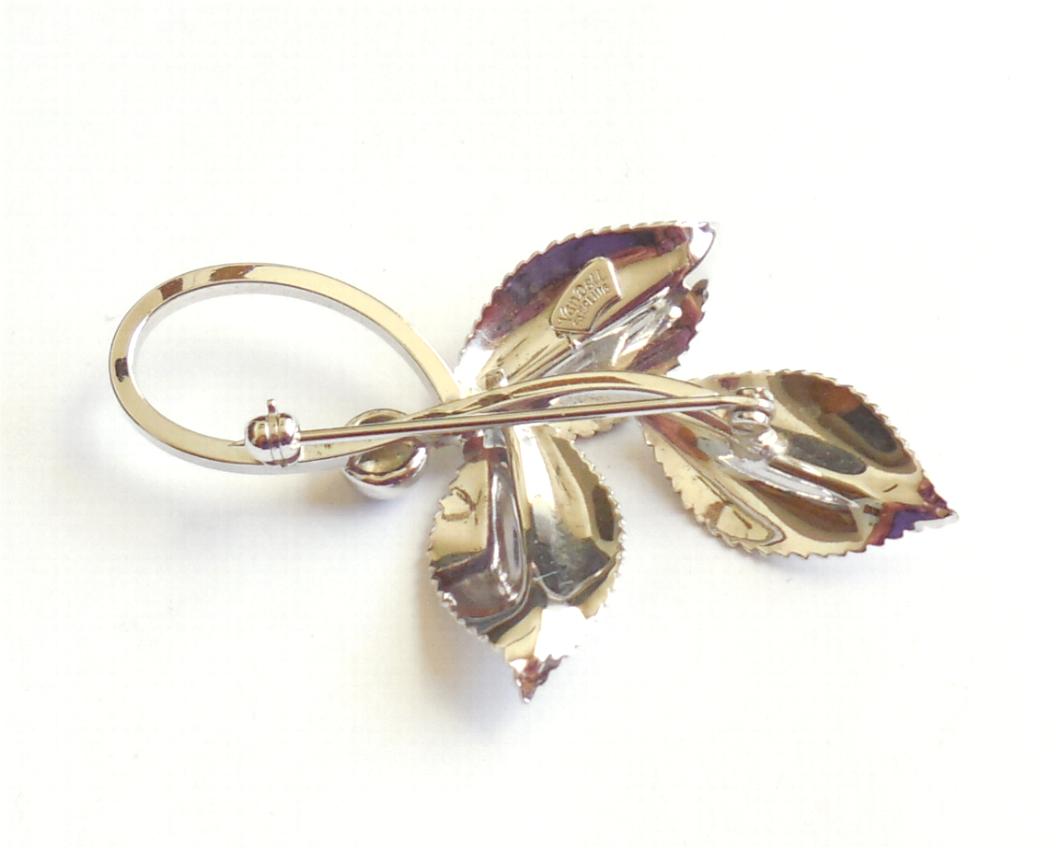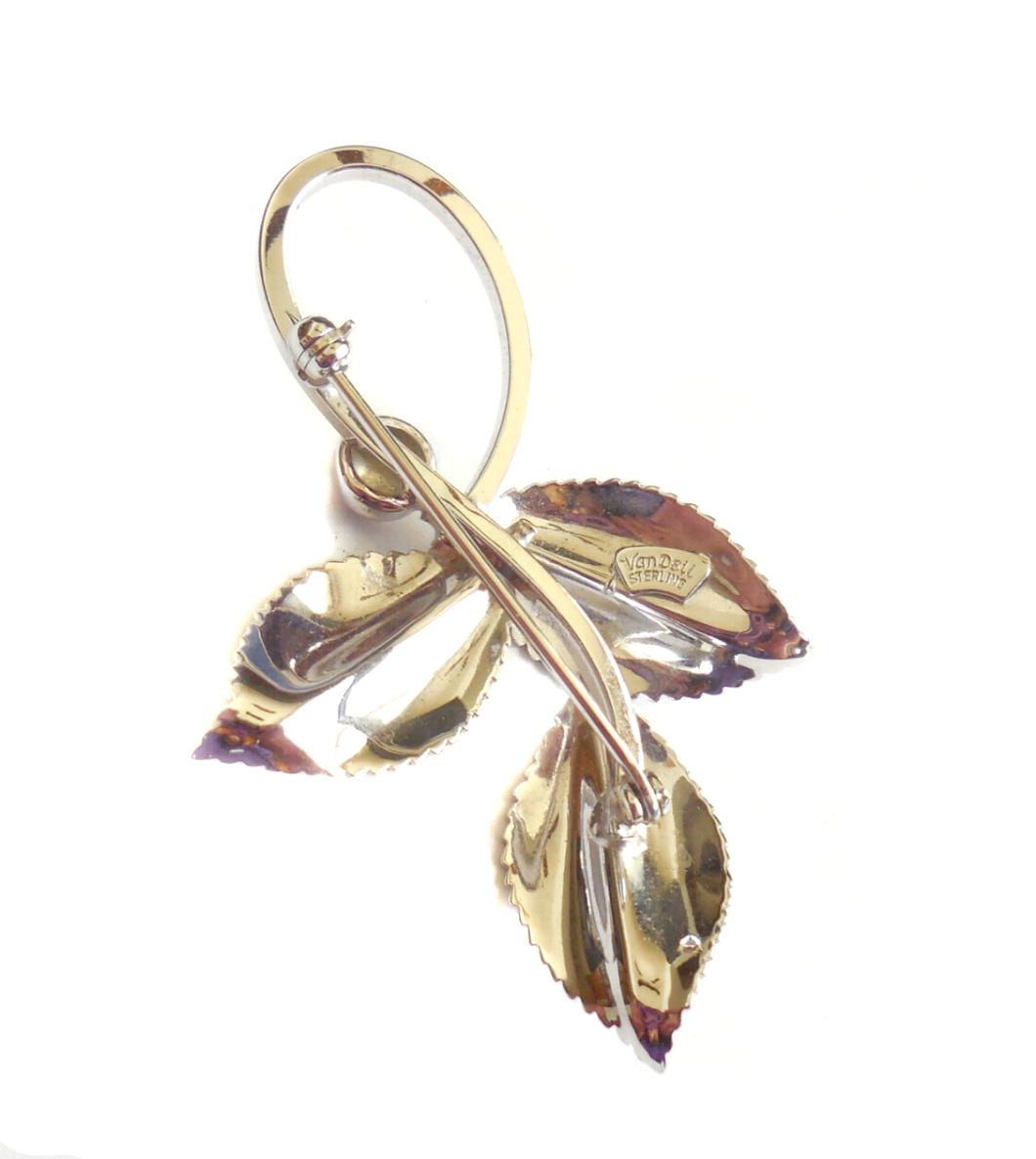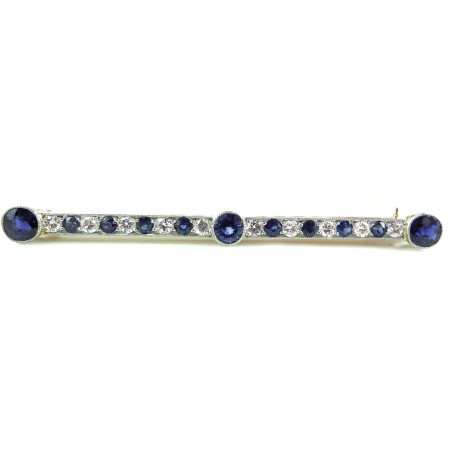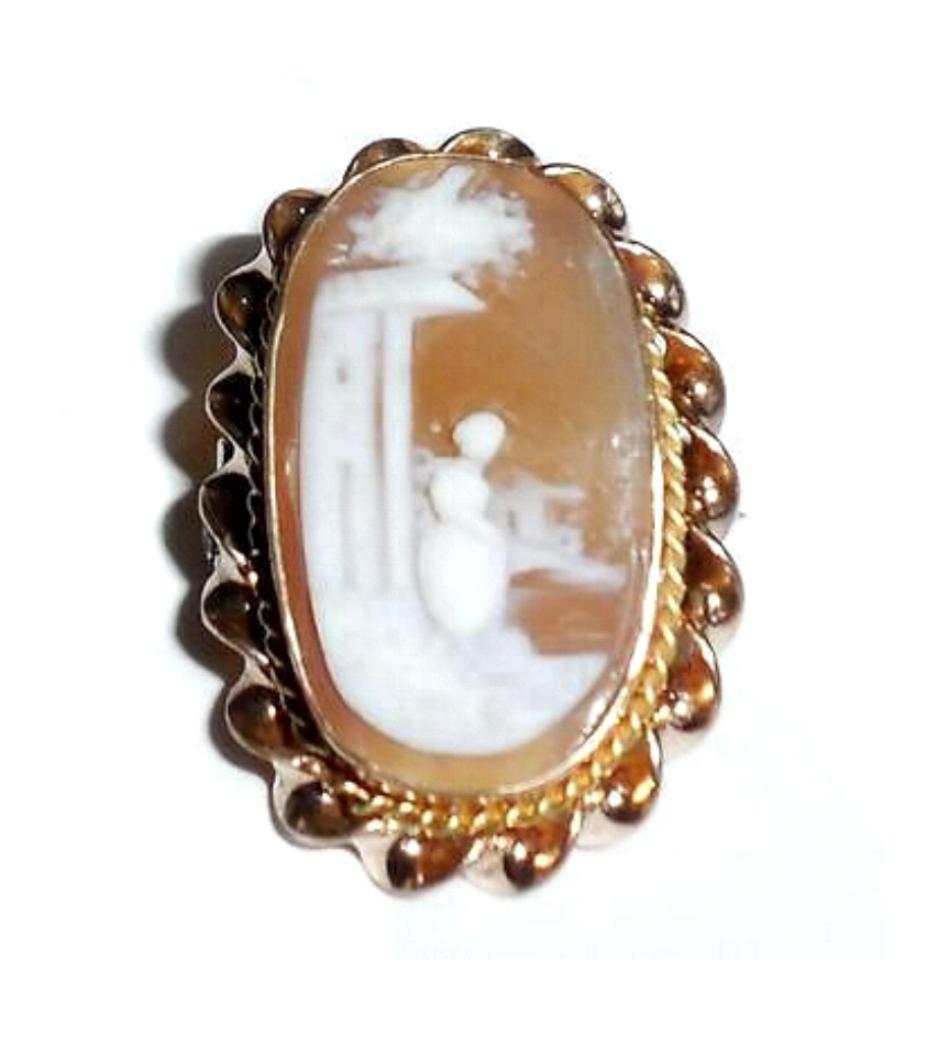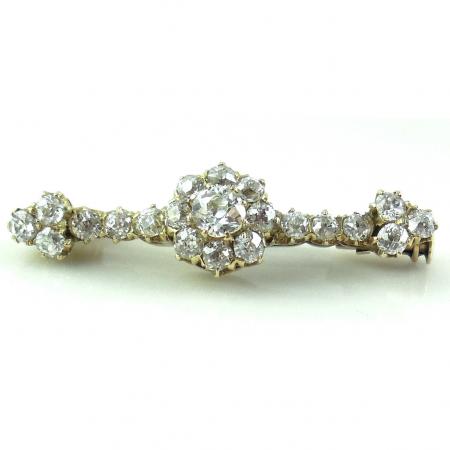Description
Mid Century Van Dell Sterling Silver Wild Berry Cherry Leaf Pin Mint
About Mid Century Sterling Silver Modernism Jewelry:
Reference: http://www.collectorsweekly.com/fine-jewelry/modernist
The modernist jewelers in the United States who practiced their craft from the 1930s through the 1960s were pretty emphatic about their rejection of the styles that had come before. Victorian jewelry was dismissed as too decorative. Art Nouveau pieces were deemed too fussy. Art Deco aesthetic was considered excessively rigid.
Modernist jewelers felt they had more in common with painters, sculptors, and other modern artists of the day. Their ambitious goal was to create one-of-a-kind works of art that people could wear.
More About Mid Century Modernism Jewelry:
Mid-century Modernism is marked by clean lines and bold, abstract geometric shapes. The movement peaked in the 1950s. Jewelry created by artists such as sculptor Alexander Calder sell for hundreds of thousands at auction, and brands like Georg Jensen continue making pieces with the same clean aesthetic.
Age:
Although well-known jewelry artisan Margaret De Patta was making jewelry in a Modernist style in the late 1930s, Faber said it really became a movement in the 1940s after the end of World War II. Designers in the United States, as well as those from Scandinavian countries and the silversmiths of Mexico, went for sleeker designs. So, they were able to distance themselves from the heavy statement pieces popular in the early 1940s.
Intention:
The pieces crafted in this era appealed to a very specific consumer; they were not for everyone. The designs were strong, as the pieces were created from the point of the view of the designer. Geometric designs were a key theme in Mid-century Modernism. Most of the jewelry was crafted in silver, partly due to Scandinavian influence (Scandinavian jewelers traditionally have worked in silver) but also the Bauhaus movement, which called on art in all forms to be affordable.
http://www.nationaljeweler.com/fashion/antique-estate-jewelry/1371-the-history-behind-midcentury-modern-jewelry
